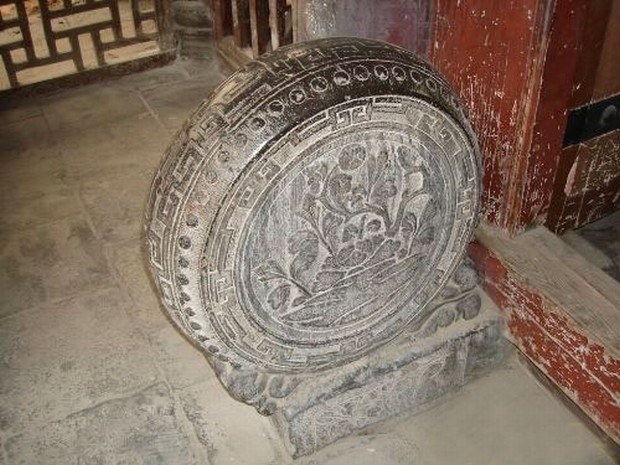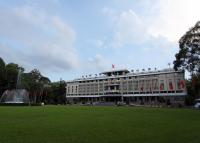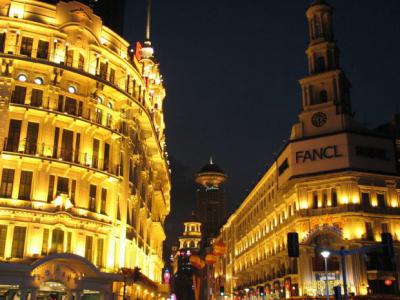The Great Mosque of Xian
The Great Mosque of Xian was first built in Tang dynasty with a history of over 1200 years and is the oldest and largest Islamic architecture of Hui minority in earlier times. It is well-preserved example of cultural merging, having been renovated several times and preserved by the Chinese government, thus it’s still listed as top 4 Chinese mosques accepting worship from numerous Chinese Muslims.
The highlights of the Great Mosque of Xian is its architectural features, which reflect the organic combination of Islamic and Chinese traditional architectural art, and it is one of the most distinctive, well-preserved and typical mosques with Chinese architectural style. Therefore, it is listed as one of the Islamic relics in the world by UNESCO, and one of the must-visit sight for Muslims traveling in Xian.
The Great Mosque of Xian Facts
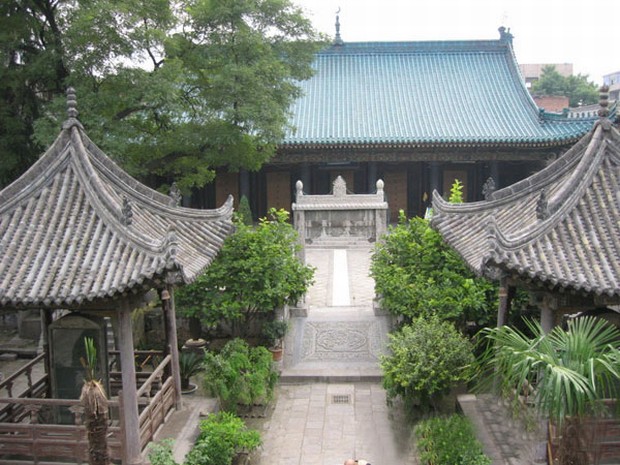
History of Great Mosque of Xian
There is no exact record of its history, but scholars have inferred from the history of Xian mosque's cultural relics when it was built. The oldest stone stele found in the mosque temple is the monument to the founding of the mosque, dated 742 AD, so it is generally believed to have been built during the Tang dynasty. Meanwhile, during the prosperous Tang Dynasty, large number of Moslems traveled the world famous ancient Silk Road to Chang'an (former Xian, the capital of Tang dynasty) bringing Islam to China. Therefore, this conclusion is more plausible.
In addition, scholars found writing on other stone carvings in the Great Mosque of Xian, recording that in the Yuan, Ming and Qing dynasties, there were many times to rebuild and expand. In 1984, the Chinese government made a complete restoration of it again and listed it as a provincial key cultural relic protection unit. Now, encompassing approximately 4,000 square meters, it is still an active Moslem temple.
Origin of the Name
Xi'an Mosque, situated within Huajue Lane, is commonly referred to as “Huajue Temple” by outsiders. As the largest mosque in Xi'an, local Muslims simply call it “the Grand Mosque.”
The name ‘Huajue’ has two interpretations: one suggests it derives from the mosque's location within the lane, as the mosque is a place for “cultivating all beings, awakening, and enlightenment,” hence the name “Huajue Lane”; Another theory suggests the lane was originally an unpaved path where travelers often slipped during rainy weather, earning it the nickname “Slip-Foot Lane.” In Xi'an dialect, “foot” (脚) and ‘awareness’ (觉) sound similar, leading to the mispronunciation “Hua Jue Lane” (化觉巷).
However, local Muslims rarely refer to it as “Hua Jue Temple.”
Architecture and Layout
The Great Mosque of Xian exhibits the signification of overseas architecture. From the carvings and furniture inside to the exterior of pagoda, Chinese influence is apparent. Different from most mosques in Middle Eastern or Arab countries, Xian Mosque is almost in traditional Chinese architecture style in its construction except for inscriptions and inside decorations in Arabic. It has neither domes nor traditional-style minarets; the library includes many books in the Arabic style, which were actually written in China.
The entire Grand Mosque of Xian is in a rectangular shape including 4 courtyards landscaped with gardens like Chinese temples. Since Muslims face Mecca's Kaaba during prayer, and Mecca lies to the west of China, the Great Mosque of Xi'an is oriented westward with its main entrance facing east. The entire complex employs a central axis of symmetry to symbolize Islam's belief in the Oneness of God, while its north-south symmetry represents the dual approach to understanding and practicing Islam—recognition and action. The whole building forms a magnificent and elaborate classical architecture group. With its perfect composition, orderly layout, left and right reflection zones and prominent center as features, it has become an outstanding representative of Chinese mosque classical architecture.
>> Recommend 9 days Beijing Xian Shanghai Tour for Muslims
Five Courtyards
Enter the first courtyard; you can see a nine-meter-high great wooden archway set with glazed tiles. 5 exquisite buildings lay behind the archway. Go on and head into the second courtyard, a stone tablet stands in the middle of the yard with other two stone steles on both sides, whose inscriptions written by 2 celebrities in Ming and Qing dynasties. There are a lot of tablets and steles in the mosque, which are the epitaphs of moral education and calligraphy. The south wing houses bathing facilities specifically designed for worshippers to perform ablutions and ritual purification.
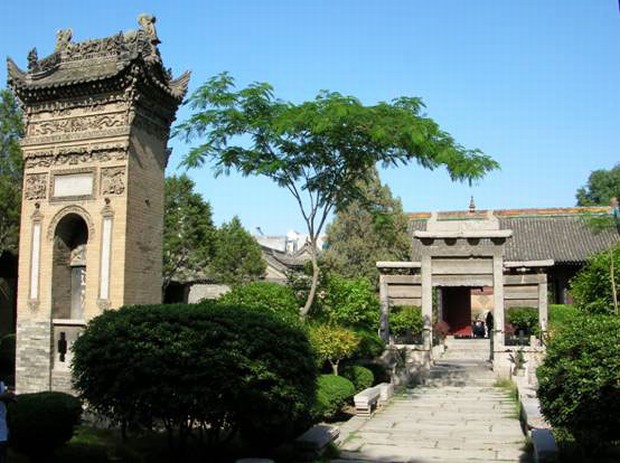
The gate of the third courtyard is Chixiu Palace, main gate of the Great Mosque of Xian built in the Ming dynasty. Some literatures and historical materials in Arabic are collected here. The “Islamic Calendar Stele” is one of the extant artifacts at Xi'an Grand Mosque that holds significant practical and religious research value. Carved in the tenth year of the Yongzheng reign (1732) during the Qing Dynasty, it is inscribed in Arabic script. While the author's exact name remains unknown, folklore attributes the “Halal Moon Stele” to an Islamic scholar who served as the imam of the Grand Mosque at the time and was popularly known as “Little Xining.”
The main structure in the third courtyard is the “Shenxin Tower.” Functionally, this building serves as the mosque's highest point, equivalent to a minaret. Before each prayer, the imam recites the call to prayer from its heights, summoning worshippers to the mosque. Adjacent to its north side lies the lecture hall, which houses a treasured Ming Dynasty manuscript of the Quran and a Qing Dynasty illustrated map of Mecca.
Then, upon reaching the fourth courtyard, worshippers gradually approach the main prayer hall. The Phoenix Pavilion is the main structure in the fourth courtyard, named for its shape resembling a phoenix poised to take flight. The west-facing plaque bearing the characters “Yizhen” (One Truth) was inscribed by Tie Xuan, Minister of War during the first year of the Jianwen reign of the Ming Dynasty. The east-facing plaque, inscribed with “Encompassing the Universe,” quotes from the Quran. On either side of the pavilion, thirty-character couplets on tile plaques succinctly describe the life and noble deeds of the Prophet Muhammad.
The fifth courtyard is the core venue of Great Mosque of Xian. It’s a worship palace which can house thousands of people at a time. There are more than 600 paintings on the ceiling, all of them geometric patterns in Arabic. The walls of the palace are covered with carvings and paintings, as well as carved Koranic texts, which are colorful and resplendent.
>> Recommend Xian tours:
How to Get to Xian Great Mosque?
Take Metro Line 2 and get off at Bell Tower Station, you can reach the destination after walking for 7 minutes.
It’s in the city center, so convenient to get there by bus. Bus 4, 6, 7, 8, 11, 12, 15, 26, 29, 32, 35, 36, 43, 46, 47, 201, 205, 208, 215, 221, 222, 229, 235, 251, 252, 286, 300, 600 or 604 drives to Bell Tower Stop. Get off and walk along Huajue Lane to get to the Xian Mosque.
